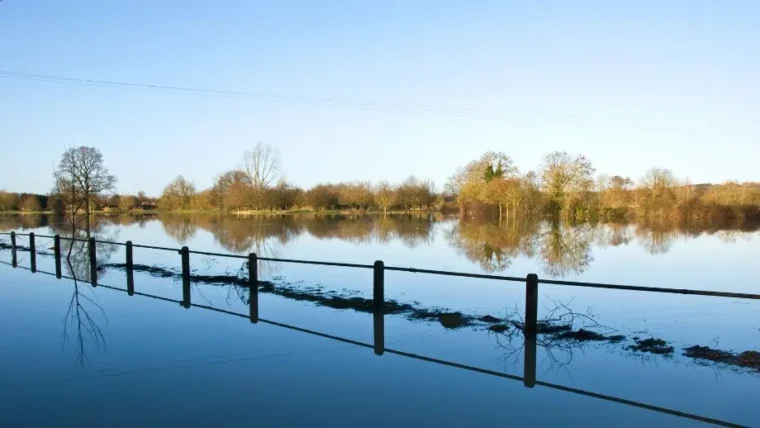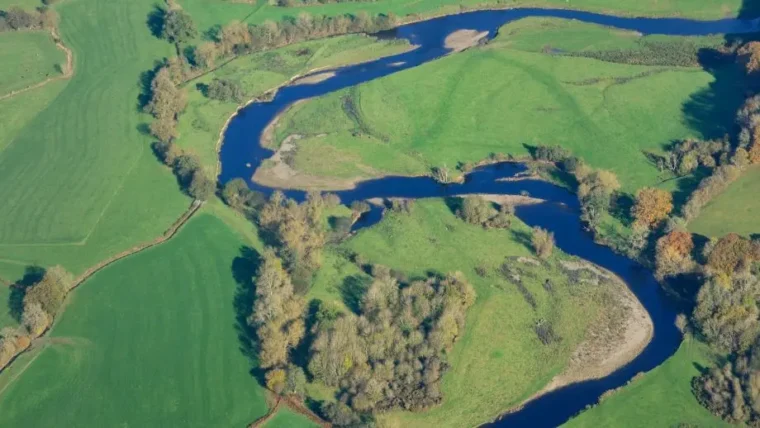Why are Tree Preservation Orders (TPOs) important?
28 March 2018
In last week’s blog we looked at why it is necessary to protect trees and the different practices that need to be followed. In this week’s blog, we are going to discuss the orders which are put in place to protect trees, TPOs.
What is a Tree Preservation Order?
In accordance with part 8 of the Town and Country Planning Act, the Town and Country Planning (Trees) Regulations and the Planning (Northern Ireland) Order, a Tree Preservation Order (TPOs) can be made by a local planning authority to protect specific trees, groups of trees or woodlands. This is a written order which, unless the local planning authority has provided written consent, makes it an offense for trees with a TPO to be:
- Cut down;
- Topped;
- Lopped;
- Uprooted;
- Wilfully damaged;
- Wilfully destroyed.
The purpose of a TPO is to protect trees that provide significant amenity benefits to its local area. This form of protection is of importance in areas where trees are under threat.
All types and species of trees can be protected by a TPO, but no species is automatically protected.
How can you find out if a tree is protected?
To find out whether a tree is protected by a TPO you need to contact the local planning authority who will have the details of TPOs available. Planning permission and an ecology survey can also determine if TPOs on a specific site are present.
How to work on a tree covered by a Tree Preservation Order
It is illegal to cut down or damage a tree with a TPO however, if you want to gain permission to work on, prune or remove a tree which is protected by a TPO then you should follow the steps below:
- Obtain the relevant form from your Local Authority;
- Outline the intended work on this form;
- Return the form to your Local Authority.
On receipt of the application, the Local Authority has up to two months to make a decision. It is important to clearly specify the work which you want to do and provide information that supports your case.
It is important to follow these guidelines, since a deliberate destruction or damage of a protected tree could lead to prosecution, resulting in enforcement action such as fines or a criminal record.
Do you understand the implications of working on protected trees?









